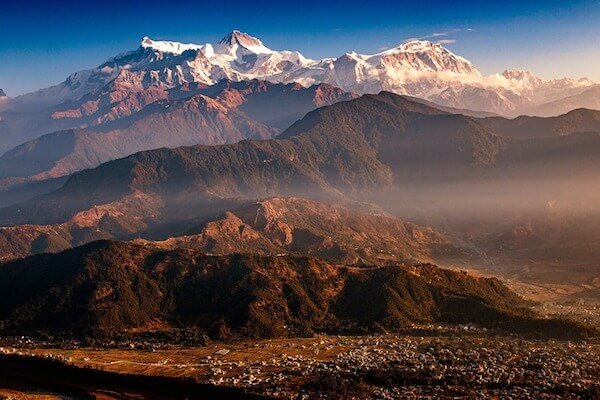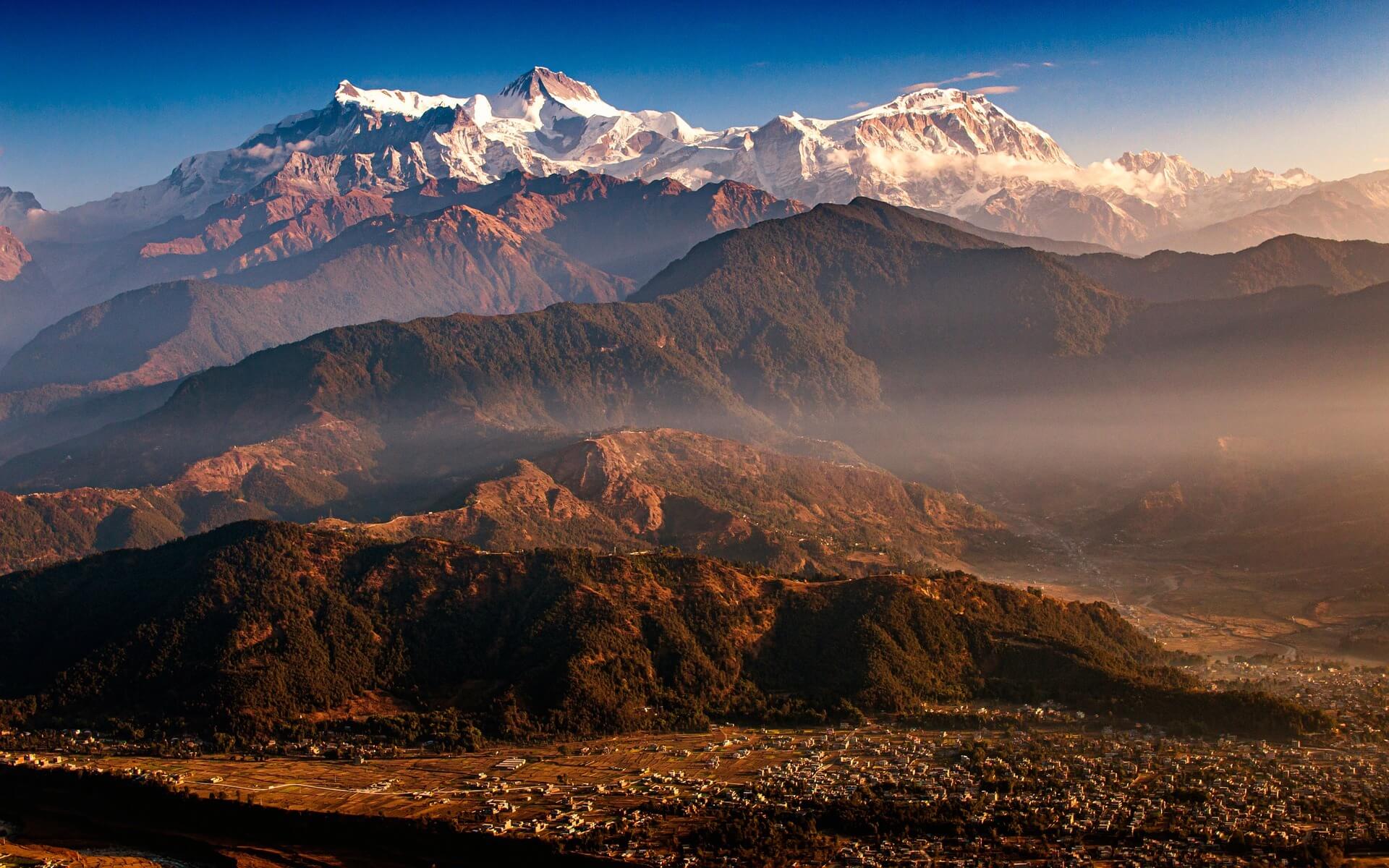A Travel Expert’s Tips For Visiting Bhutan
Dream Trips: A Travel Expert’s Tips For Visiting Bhutan
By Esme Benjamin
Hello, world. It’s been a while! This past year, the pandemic put a lot of things into perspective, and left many of us contemplating which places we absolutely had to see in our lifetimes. This is the first in a series of stories designed to help you plan that once-in-a-lifetime trip, and because many once-in-a-lifetime trips are logistically complex, we’ve tracked down travel experts to provide some essential pointers.
When I first asked Catherine Heald, founder of Remote Lands, a travel agency that specializes in luxury trips to Asia, what was so special about Bhutan, she found it hard to know where to begin. Then she gave me a laundry list.
Famously, the Bhutanese government judges the country’s progress based on Gross National Happiness rather than Gross Domestic Product. As the world’s greenest place, Bhutan boasts the only carbon negative economy. It’s a country where tobacco is illegal but cannabis grows wild, where there’s no McDonalds or Starbucks (because there’s simply no demand for them) but they’ve been drinking tea the bulletproof way (with yak butter) for generations.
Heald first visited Bhutan to ring in the new millennium in 1999, and has been back no less than 14 times since. Here, she shares her expert tips for visiting Bhutan.
How to Get a Visa For Bhutan
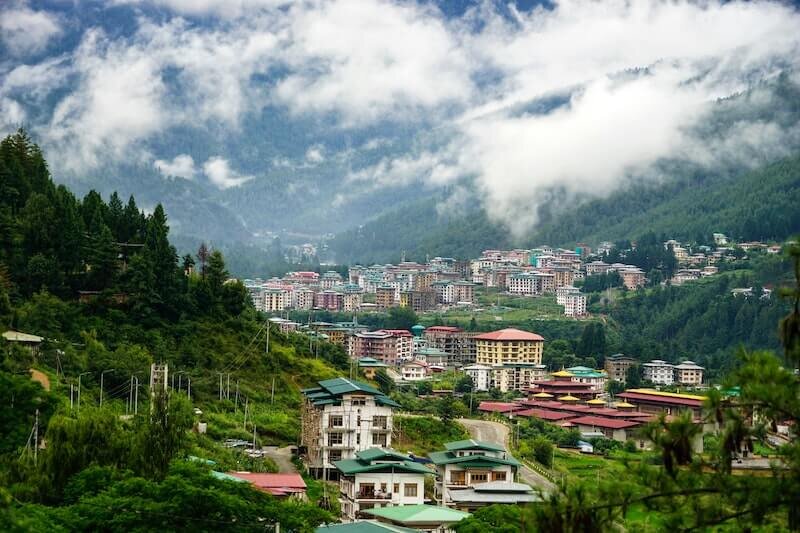
When Heald first came to Bhutan she didn’t cross paths with many other tourists. “At that time only a few thousand foreigners, most of them Indian, went to Bhutan,” she explains, “and even now it’s only around 270,000 per year.” Thailand, by comparison, receives around 40 million foreign visitors annually.
Bhutan remains off-the-beaten-path thanks to the Tourism Council of Bhutan's policy of "high value, low impact" tourism, which deters the hoards of backpackers which descend on many of its neighboring countries. Visitors must obtain a visa organized through a Bhutanese tour operator or one of their international partners, like Remote Lands, and pay a minimum daily package rate of $200 to 250 per day of their stay, depending on the season. Rather not travel in a group with other people? Expect to pay a surcharge of $40 per day if you’re traveling solo, or $30 per person, per day if you’re in a couple.
This payment, made in advance of the trip, covers meals, a licensed tour guide, ground transportation, camping equipment for treks, a $65 Sustainable Development Fee, and accommodation in a 3-star hotel. If you want to opt for luxury properties instead (Bhutan has Aman, Six Senses, COMO and lots of other upscale hotels) you’ll also pay the nightly rate for those on top of the minimum daily package rate.
Getting Around Bhutan
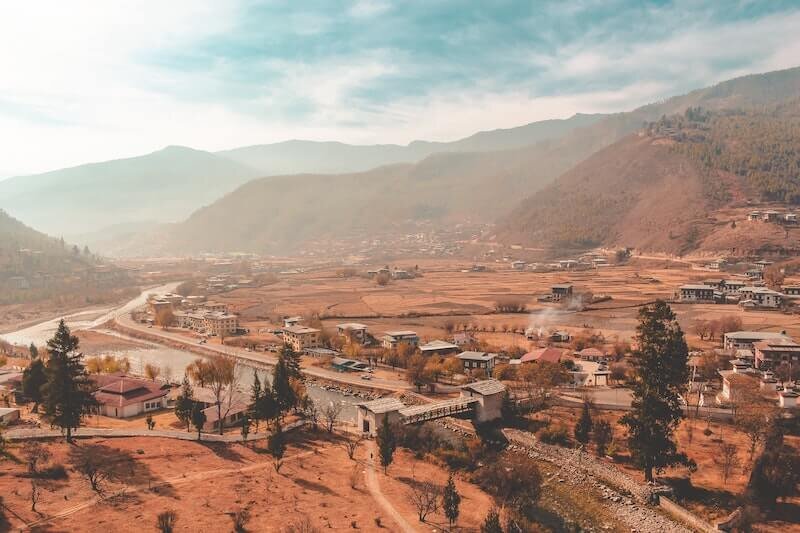
Snuggled in the Himalayas, with Tibet to the north and India to the south, Bhutan’s geography is divided up into a series of valleys carved by glacial melt and monsoon rains. The five main valleys, according to Heald, are Paro, Thimphu (where the capital city of the same name lies), Punakha, Gangtey and Bumthang. Most tours begin in Paro, home to the country’s only international airport, and work their way along the valleys by car, stopping to explore each one before driving or flying back to Paro.
Unlike the northern Himalayas, where the landscape is dry and desert-like, Bhutan is lush and subtropical in the valleys. “People don’t realize that the altitude of Bhutan is very high but the latitude is not, it’s the same as Rome or Miami, so there are palm trees,” says Heald.
“In the spring, the entire mountain side is pink with rhododendrons – the physical beauty is remarkable.”
What to Pack For Bhutan
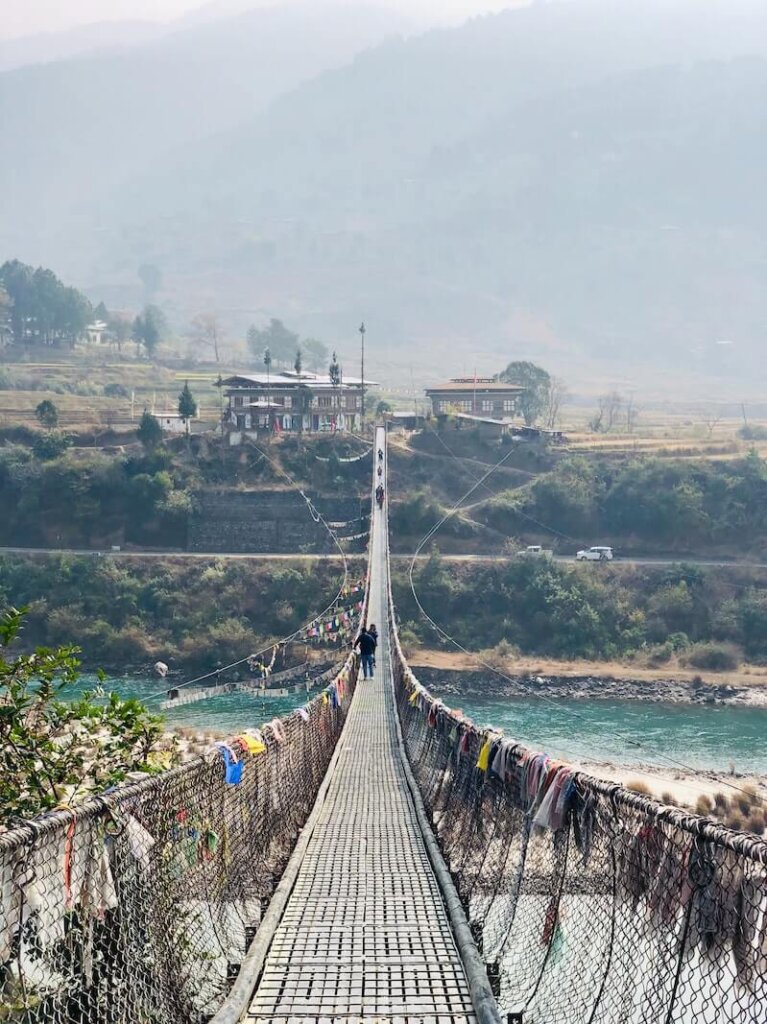
Bhutan doesn’t have a consumerism-led culture and visitors tend to dress casually, even at the high-end hotels. Your go-tos will be outdoor wear and lots of layers to adjust for the fluctuating temperatures of peaks and valleys. The main thing to pack, Heald says, is a really good pair of hiking boots.
It’s also smart to bring a scarf or shawl in case you need to cover shoulders or legs when visiting monasteries and other sacred places.
Things to do in Bhutan
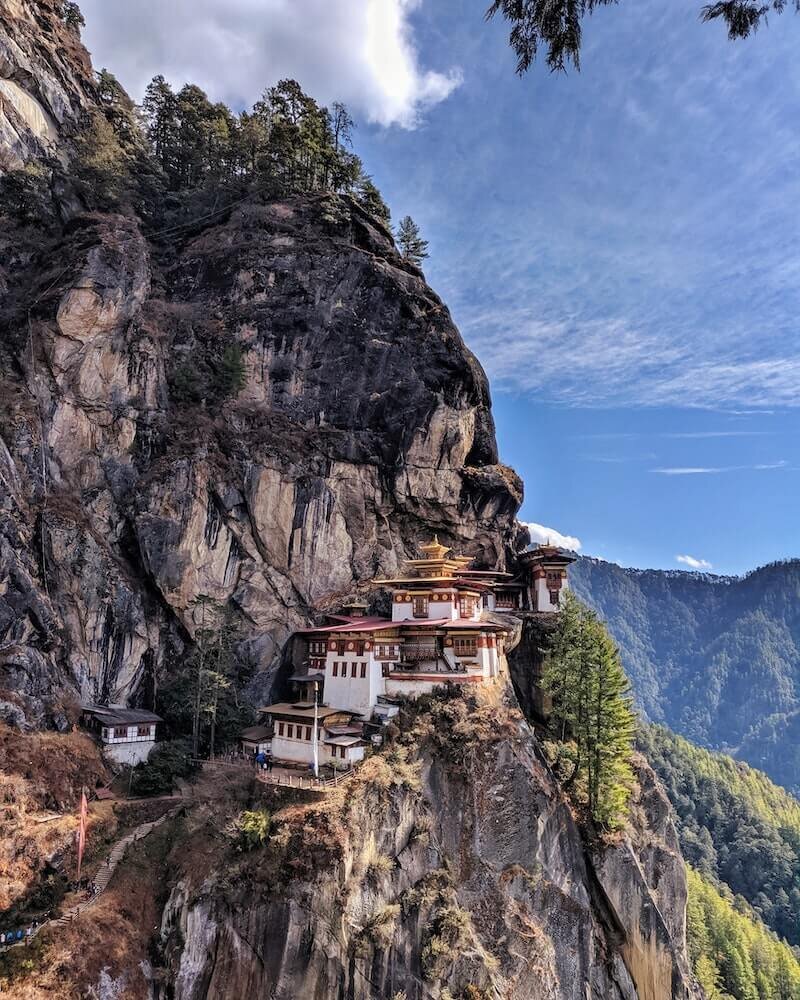
One of the best things about Bhutan is its distinct lack of tourist traps. This is a quiet, authentic, immersive tourism experience where you, as the visitor, are invited to observe the gentle rhythms of everyday life in a unique place.
“I always say that in Bhutan it’s not what you do but how you feel,” says Heald. “I hate the word ‘sightseeing’ anyway, but it’s not about going to see sights, it’s about being there, feeling it, spending time with the people.”
Unsurprisingly, given Bhutan’s extraordinary, untouched landscape (60% of the country’s forests are protected by law), outdoor pursuits including trekking, river rafting, mountain biking and bird watching are top of the activity list. Remote Lands gives guests the opportunity to hike into the wilderness and camp overnight, visiting hidden villages and remote temples akin to Paro Taktsang, the Tiger’s Nest monastery – an assemblage of buildings perched precariously on a cliffside (probably the most famous image of Bhutan).
In the towns and villages, you’ll find dzongs (spectacular ancient fortresses), museums and learning centers that will introduce you to traditional weaving, Buddhist arts, and archery – the Bhutanese national sport. If wellness is your thing, there will be opportunities to try the ancient healing system of Sowa Rigpa, meditation, and traditional hot stone baths.
What to Eat in Bhutan
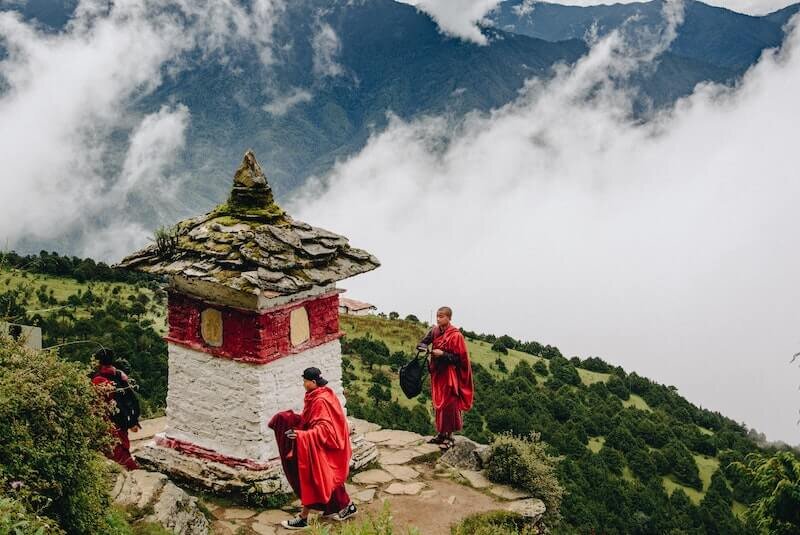
Although Bhutan doesn’t boast cuisine as internationally famous as its neighbors, India and China, there are traditional specialties tourists should try, especially if they like their food with a kick – chilies are ubiquitous here.
Perhaps the most popular dish is ema datshi, a creamy curry of green, yellow or red chilies, yak or cow’s milk cheese, onions and tomatoes, served with red rice. Not a fan of heat? Momos – steamed dumplings very similar to the Chinese soup dumplings – are a crowd pleaser, whether filled with meat, cabbage or cheese.
